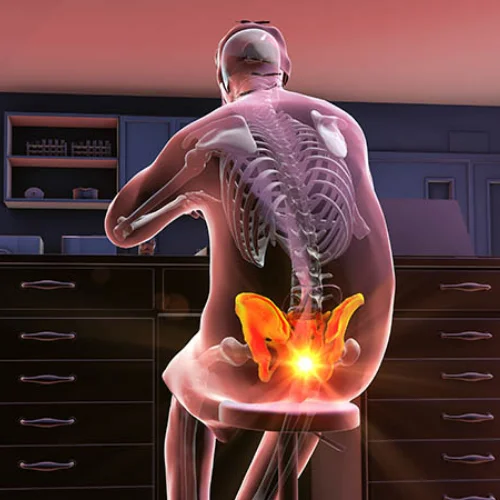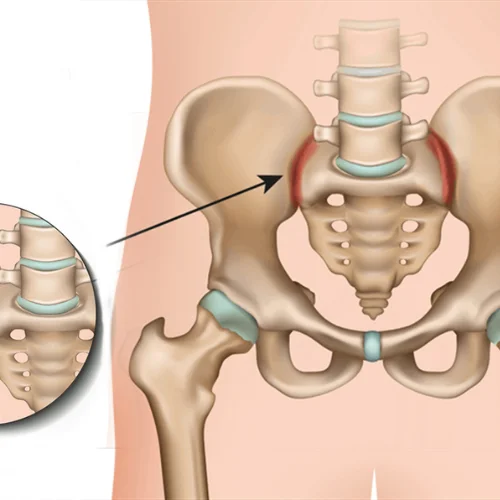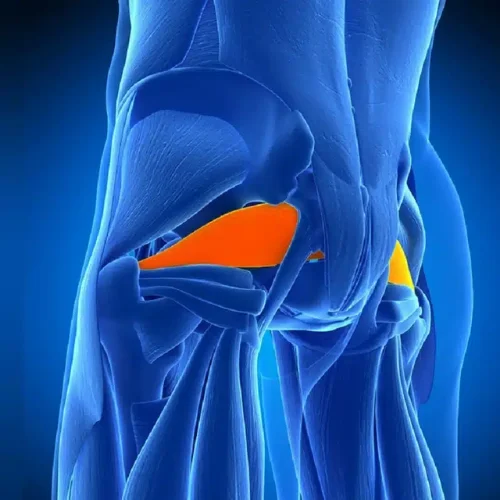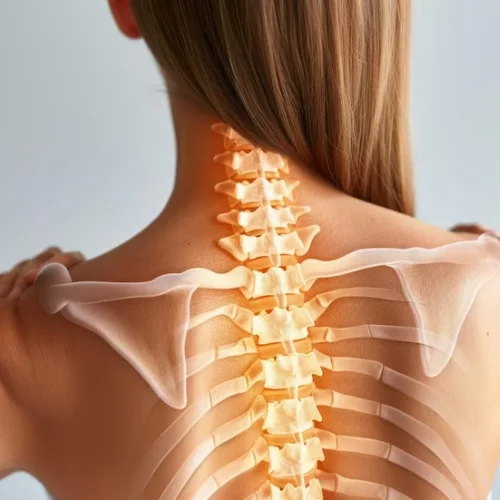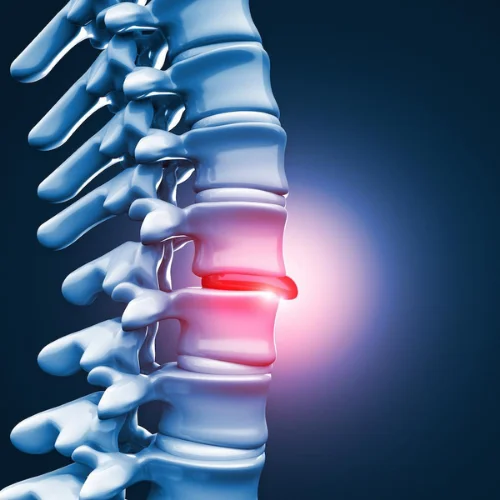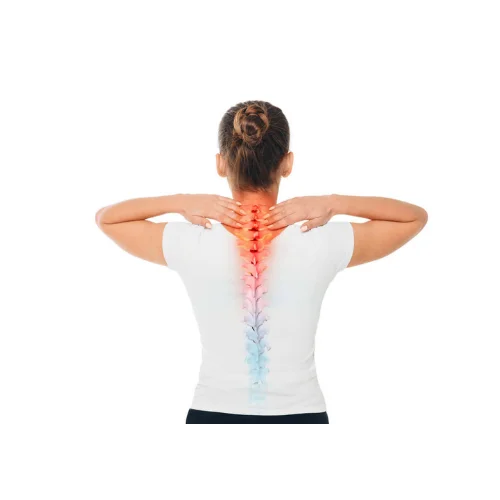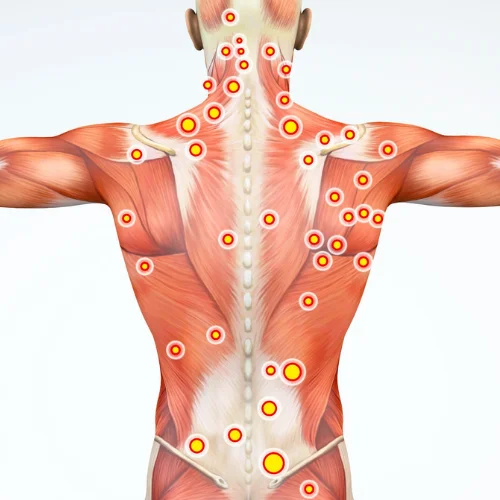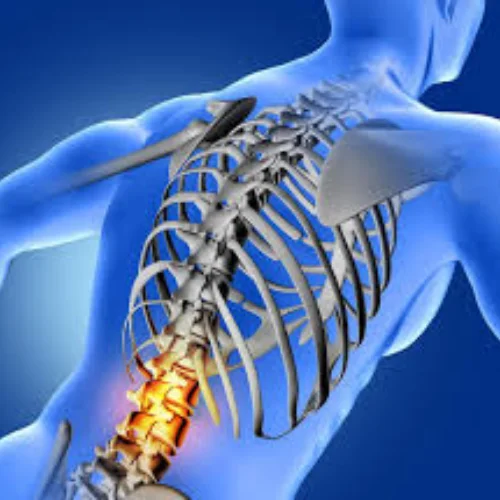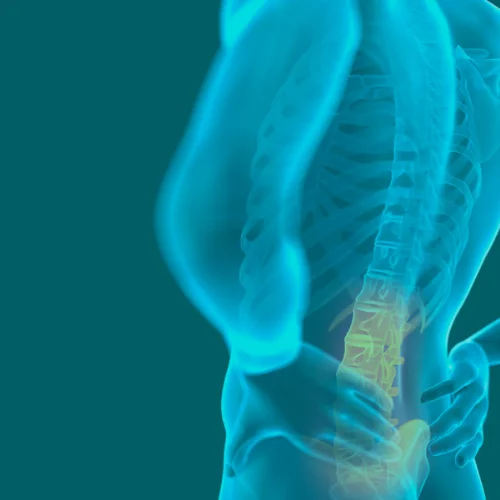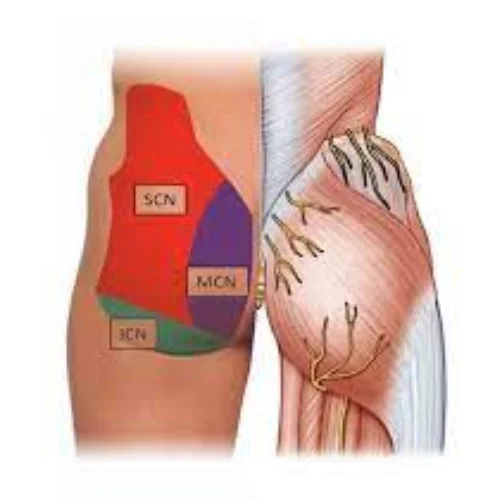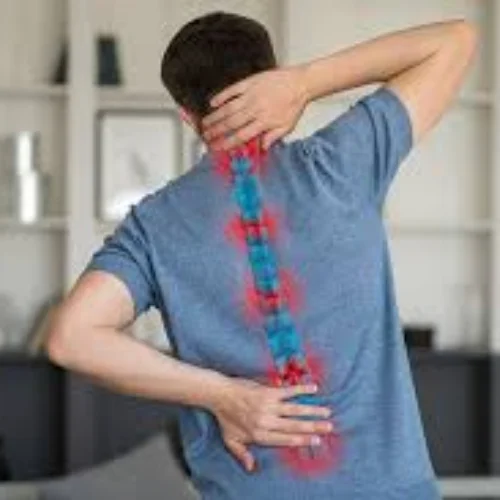Working Time
Working Time
Book Appointment
Book Appointment
+
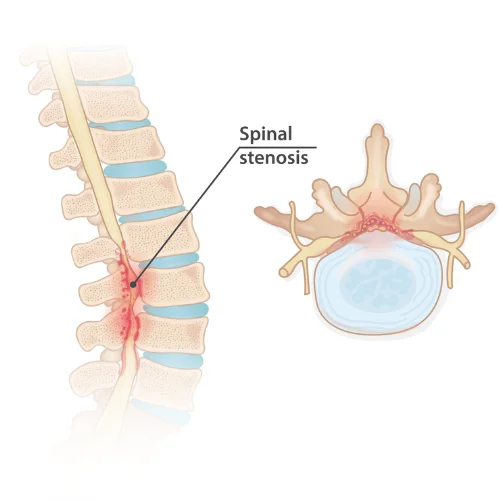
Spinal Stenosis: Navigating Through Narrowing Spinal Columns
Spinal Stenosis, a condition marked by the narrowing of the spinal column, can lead to significant compression of the spinal cord. Understanding the symptoms and seeking timely intervention is vital for managing this condition effectively.Identifying Common Symptoms of Spinal Stenosis
Early detection of Spinal Stenosis symptoms is key to preventing further complications and improving quality of life. Here are the most common symptoms:Leg or Arm Weakness: Progressive weakness in the legs or arms may signal nerve compression caused by spinal narrowing. Lower Back Pain While Standing or Walking: Experiencing pain in the lower back during upright activities is a hallmark symptom of spinal stenosis. Numbness in Legs or Buttocks: A sensation of numbness in these areas often points to nerve compression.
Balance Problems: Impaired balance can indicate spinal stenosis, affecting coordination and stability.
Effective Treatment Options for Spinal Stenosis
Managing Spinal Stenosis involves various interventions designed to alleviate symptoms and improve spinal function. Some of the most effective treatment options include:- Lumbar Injections: Reduce inflammation and alleviate pain in the lower back.
- Epidural Injections: Relieve pain and inflammation caused by spinal stenosis.
- Caudal Injections: Reduce swelling and pain in the lower back.
- Transforaminal Injections: Target and reduce nerve root inflammation.
- Endoscopic Spine Procedure: Minimally invasive surgery to treat spinal stenosis symptoms.
Next Steps: Consultation with a Spine or Pain Specialist
If you're experiencing symptoms of Spinal Stenosis, the first step towards managing your condition is to consult with a Spine Specialist or a Pain Specialist. They can provide a precise diagnosis and discuss the most effective Spinal Stenosis treatment options tailored to your specific needs.Conditions



